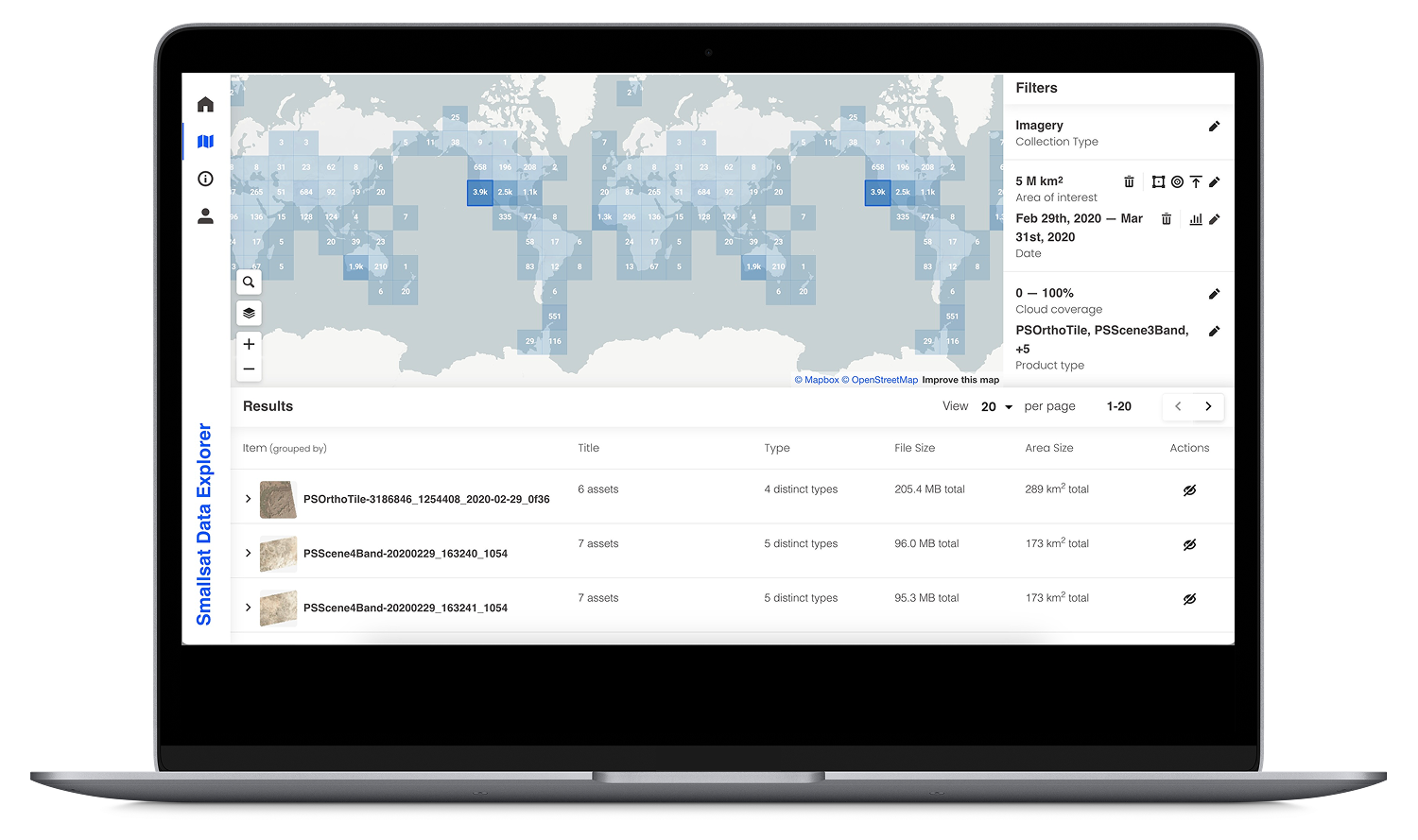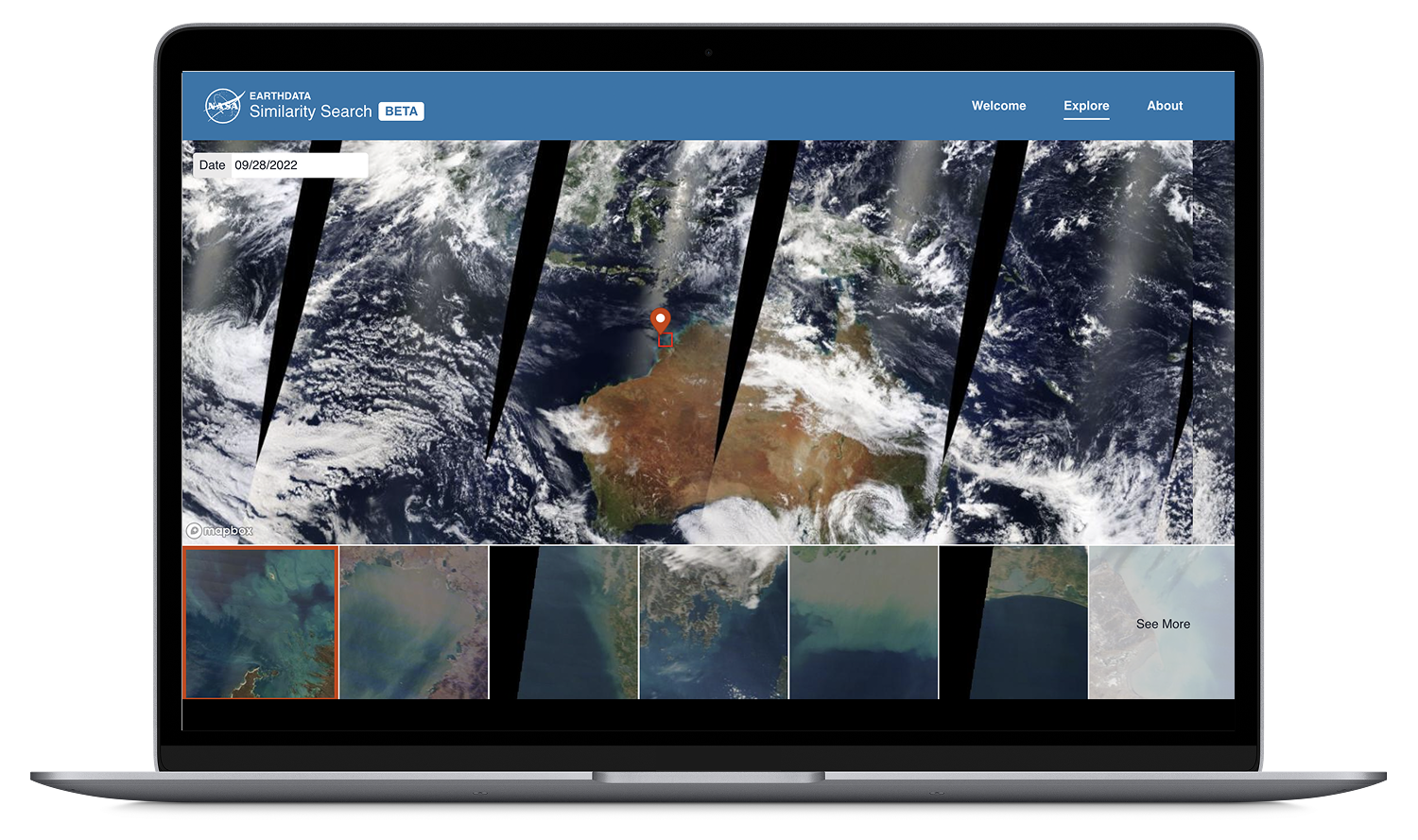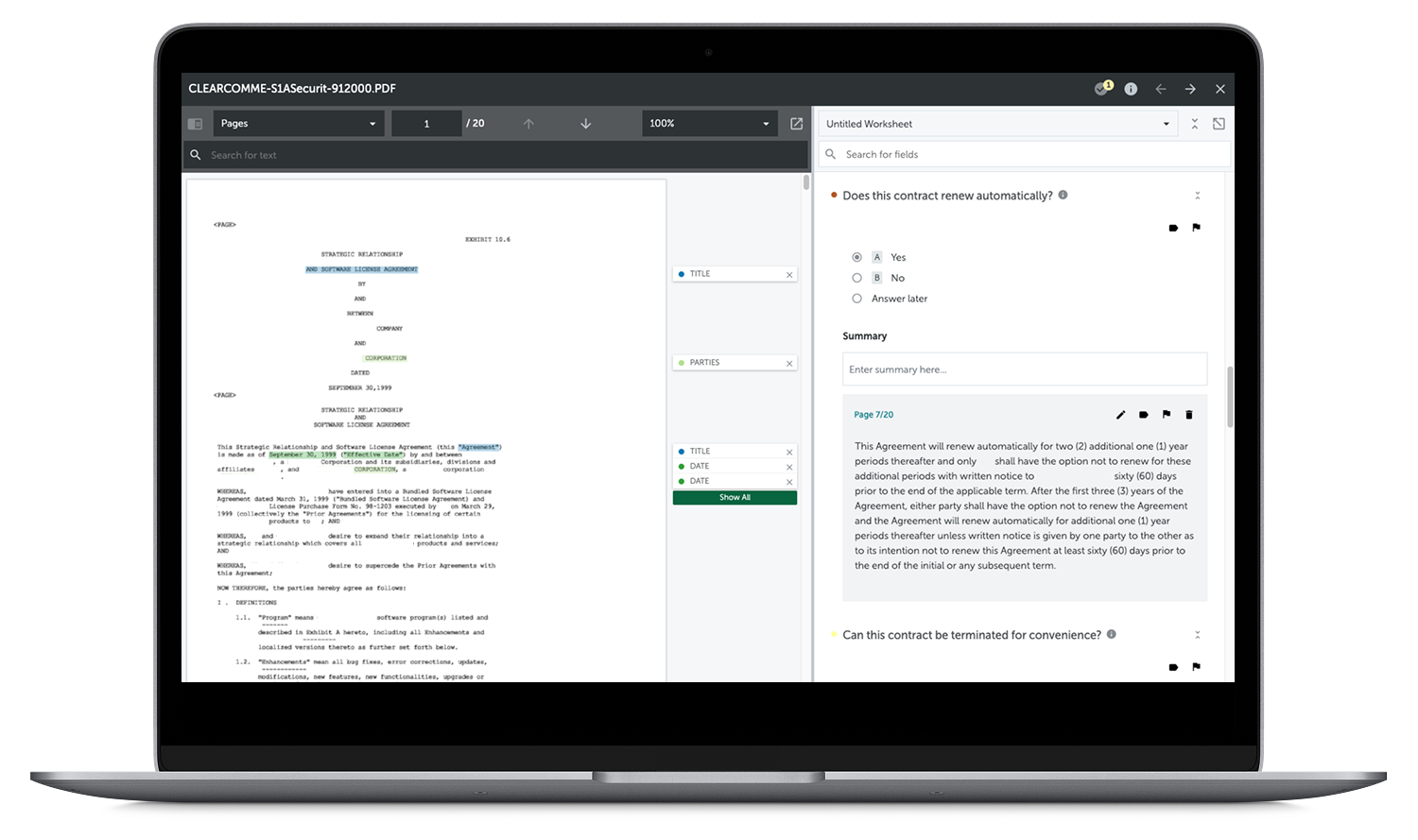
UI/UX, project management | Jan-Jun 2025
Automated industrial robots assist with repetitive and heavy lifting tasks such as the palletizing and depalletizing of heavy boxes. During production, factory operators ensure that daily shipments are completed. I led the research and design of an interface that allows these operators to start, pause, and recover the robot system. Throughout the process, I balanced stakeholder expectations and navigated language and cultural differences across the Japan and US market. I looked at existing systems and wrote a requirements document to outline current problems and desired outcomes. In order to appropriately iterate on designs, three rounds of research were conducted in addition to a field visit to a real production site. The first major release marked a significant product offering that made available across all customer sites.

UI/UX | Jun-Oct 2025
Integrating a robot automation system involves both software and hardware interdependencies to configure hardware, vision, digital modelling, signals for communication, and robot behaviors. Expert system integrators and engineers are relied on to do this setup. In order to make the setup more attainable for non-experts, I worked on a project to make the existing setup flow easier to follow. There were high stakes because the interface had already gone through multiple revisions in the past and expert users were already familiar with their own workflows. The fundamental information architecture of the UI needed to be updated so I interviewed system integrators, developers, and vision engineers to gauge how much UI change would be feasible. After an initial proposal in the form of low-fidelity mockups, I collaborated closely with two other designers on a full redesign effort going to high-fidelity designs and implementation. We reorganized the interface to be sectioned based on 4 overarching steps with sub-steps that could still be easily navigated back and forth as needed. We also updated the entire design system to be more consistent.

UI/UX, project management | Jan-Jun 2025
Airborne data describes metadata about the Earth’s surface and atmosphere gathered through the deployment of platforms (aircrafts) and instruments (sensors). At Development Seed, I partnered with a NASA team on two interfaces to promote airborne data curation and data discovery. As the project lead and designer on our development side, I led key projects such as rethinking the UI/UX of the maintenance interface to better serve the data curators, and adapting existing designs to ensure that science keywords would stay up-to-date in the system. For two years, I supported feature definition and design for a number of improvements, both incremental and larger scale. Through these projects, the team was able to transition from beta to full public release and won an internal achievement award.

UI/UX | 20222
Smallsats are small satellites that capture remote sensing data for Earth observation and scientific research. At Development Seed, I worked with a NASA data acquisition team on a geospatial data search and download platform that allows scientist researchers to access satellite data. The specific goal was to build a new data discovery feature that would visualize where data existed on a map before starting a search. The existing UI required a detailed search before results were displayed. To learn more about who the users were, I sent out a team survey and reviewed past interviews to assess the current state. I created artifacts including personas, a user flow diagram, a summary presentation, and visual mockups. Working closely with a developer, the solution was to build a heatmap layer on the existing map to indicate where, and how much, data is available for the main data vendors along with a histogram chart that shows the temporal distribution of the existing records.

UX | Apr-Jul 2023
Many Earth science researchers make use of Jupyter Notebooks for interactive data science. The ability for them to directly access satellite data in a notebook and visualize that data quickly on maps can add a lot of value because it is a time consuming task. My role was to explore ways to embed more data visualization within Jupyter notebook environments. I conducted background research leading to visual mockups for an interactive mapping library called stac_ipyleaflet that provides a way to visualize and interact with satellite data, specifically in SpatioTemporal Asset Catalogs (STAC). After the initial release, I co-facilitated a working group session to demo the library to science users and gathered feedback. With the library released, science users were able to import the library and immediately get access to available data and create visualizations right in the notebook.

UI/UX | Jun-Aug 2022
Similarity Search is an open source tool for locating similar images across space and time. It was initially built as a demo to showcase an ingestion pipeline and search API able to handle millions of images. But on the UI side it lacked a clear goal. I collaborated closely with a developer to turn the demo to minimum viable beta release with a 2 month timeline. Given the limited time, I interviewed two machine learning engineers as potential target users often needing lots of images to train models to detect global features or phenomena. This led to a set of user assumptions and a journey map to provide context for the design. By clicking on any location on the map, similar images would appear as thumbnails. Further clicking on more results would display the full set of images and let users adjust the similarity threshold. We were able to successfully release the tool and it has since gone through additional iterations by other team members.

Product design | 2021
When documents are uploaded into a contract analysis system, they are usually disorganized from different sources and file naming conventions. I led the design for a new product feature that provides suggestions on how documents could be grouped, reviewed, and then exported in a meaningful way. This feature had to fit into an existing UI that users were already familiar with. Based on initial user research, I created a journey map highlighting the key goals, pains, gains, opportunities, and existing workarounds for the document grouping workflow. I iterated on designs and evaluated them with users. We could not implement the full set of capabilities at once, so I designed two distinct release flows. The first was a minimum viable solution and the second incorporated important new similarity grouping features.

Product design | Oct 2018 - June 2020
Contract analysis software assists lawyers in identifying key clauses across large sets of legal documents for due diligence and large-scale document review. To increase the speed of review, a new machine learning capability was being developed at the time to allow lawyers to train models to answer yes/no or multiple choice questions (structured data). As a designer, I was responsible for figuring out how to scale the existing software to incorporate this new capability. Our team had to overcome significant obstacles because every aspect of the product would be affected, yet we could not disrupt current workflows. I worked closely with a product manager to scope feature requirements, resulting in 8 sub-projects. I also collaborated with a UX researcher to plan semi-structured interviews, where multiple rounds of design iteration and feedback were completed for each sub-project. Finally, I collaborated with product and developers to define user stories for development and played a key role in documentation for early access launch. Based on feedback from the early access program, we were able to hear directly from users and quickly addressed initial barriers. The feature marked a major new capability that continues to be an integral part of the software.